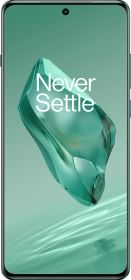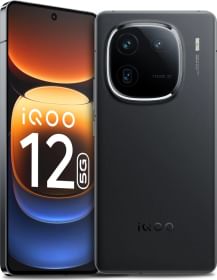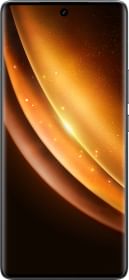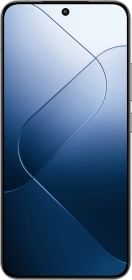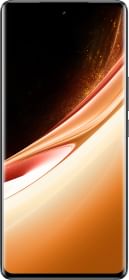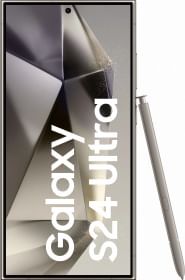Universal Serial Bus, aka USB, is one of the most widely used cross-platform technologies. It allows users to connect two devices, like a smartphone to a PC, to transfer data to and from or to charge a specific device. It was developed in the early 1990s and has been useful since then. USB is not a trademark of any one company.
As technology has been advancing daily, the use of USB Type-C for charging and data transfer has also been increasing manifold. Recently, Apple replaced lightning ports with USB-C ports in the iPhone 15 series to make things even simpler. This introduction allowed iPhone users to charge their iPhones with a USB-C adapter at home.
However, USB has also been evolving. Newer USB-C ports mean faster speeds than their predecessors. Today, we’ll talk about how different USB-C 2.0 and USB 3.2 speeds are on Android devices.
ALSO READ: Best Foldable in 2024: Top Folding Smartphones Right Now
What is USB-C?
USB-C is mostly identified as a slim and sleek connector that can fit most mobile phones, laptops, and tablets. On the surface, all USB-C cables and ports look similar; however, they aren’t.
USB-C is a 24-pin USB connector system with more active pins than previous USB shapes. This means it can transfer data quickly and is reversible, so the user will not have to worry about plugging it upside down.
The chief purpose of USB-C is to offer a universal solution for charging as well as data transfer.
ALSO READ: Vivo confirms launch of Vivo T3x 5G smartphone in India: Design & specs teased
USB 3.2 Vs USB-C 2.0
The difference in transfer speeds arises from the number of active pins in a USB-C connector. When you tear down any USB-C connector, there will be 24 conductive pins, but not all these will be active. USB-C 2.0 had fewer active pins than USB 3.2, thus the difference in transfer speeds.
USB-C 2.0 has been around since 2000 and supports maximum transfer speeds of 480Mbps, while USB-C 3.2 came out in 2017, and its transfer speeds max out at 20Gbps.
USB 3.2 technology can be found on most of the premium smartphones nowadays. These include the OnePlus 12, Galaxy S23 Series, Galaxy S24 Series, Pixel 8 Series, and more. Meanwhile, budget and mid-range smartphones are still on USB-C 2.0 for charging and data transfers.
ALSO READ: Xiaomi Fan Festival 2024 Date and Exciting Discounts Offers Announced
The maximum data transfer speed of USB 3.2 is almost ten times faster than USB-C 2.0. To test this, you can transfer a file from a device and see how long it takes to complete the transfer.
To test the speeds, it would be best to use one USB 3.2 device, one USB 2.0 device, and one external drive. Benchmarking tests can give an idea of how much devices can take, as can their read and write speeds.
This clearly shows how fast USB 3.2 is than USB 2.0. If you are on the go more often and need to transfer heavy files between devices, look for devices that support USB 3.2 ports. This will save time and offer ease of data transfer. The playback from external media will also be smoother.
Smartphone makers mainly offer USB 3.2 only on their most premium devices. For example, the OnePlus 12 comes with USB-C 3.2 while the OnePlus 12R still has USB-C 2.0. Some older flagship models offer USB 3.2 at lower prices, so you can opt for them if you don’t want to pay more for USB 3.2.
You can follow Smartprix on Twitter, Facebook, Instagram, and Google News. Visit smartprix.com for the most recent news, reviews, and tech guides.















